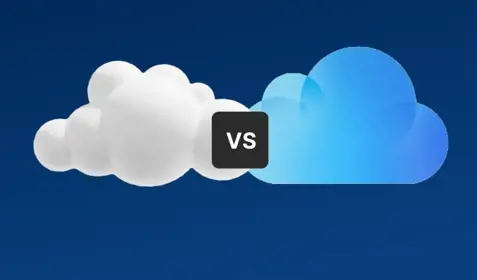
It’s time for the latest installment of our six-part series on how to launch an effective backup and disaster recovery strategy. Last week we talked about choosing the right place to store your data. This week, we’re focusing on the next step: Defining your Recovery Point Objective (RPO) and your Recovery Time Objective (RTO).
Think of your Recovery Point Objective as the point in time you’d like to go back to and retrieve clean versions of your files. For example, if you had a disaster two days ago, a safe Recovery Point Objective would be three days ago. When building out your disaster recovery strategy, it’s helpful to choose a backup tool that provides multiple recovery points so you’ll have a backup for any RPO you set.
A Recovery Time Objective is the minimum amount of time it will take to get your business back up and running following a disaster. Typically, this is defined by how much downtime you can afford before your business suffers. Generally speaking, the shorter your RTO is, the larger your disaster recovery investment is likely to be.
At this point you’ll want to take some time to determine the optimal RPO and RTO for your business.
IMPORTANT FACTORS FOR RPO INCLUDE: How often important data changes at your organization, how often backups will be run, and how much space you have available to store the backups.
IMPORTANT FACTORS TO DETERMINE RTO INCLUDE: The amount of downtime your business can absorb, how much revenue is lost while you rebuild your IT environment, and what you’ll need to recover to get your business back up and running.
In general, the more you’re willing to invest in your disaster recovery solution the shorter your RPO and RTO will be. However, if you’re using a combination of local and cloud backup, you can use the local copy to reduce your RTO because locally stored files can be restored more quickly than cloud-based files. You should also still keep a copy stored offsite in the cloud to protect against an office disaster.
RPO is also dependent on budget because the more copies of a backup you keep, the more storage you’ll need. You can limit that cost by keeping more versions locally and then only a few versions of your backup in the cloud. We recommend looking for a product that provides multiple versions, going back at least 90 days, and ideally offers configurable retention. This is an important part of setting your backup parameters and it’s something you should talk about with your IT team or IT partner and potential vendors, since you need to make sure that your expectations line up with their capabilities.











